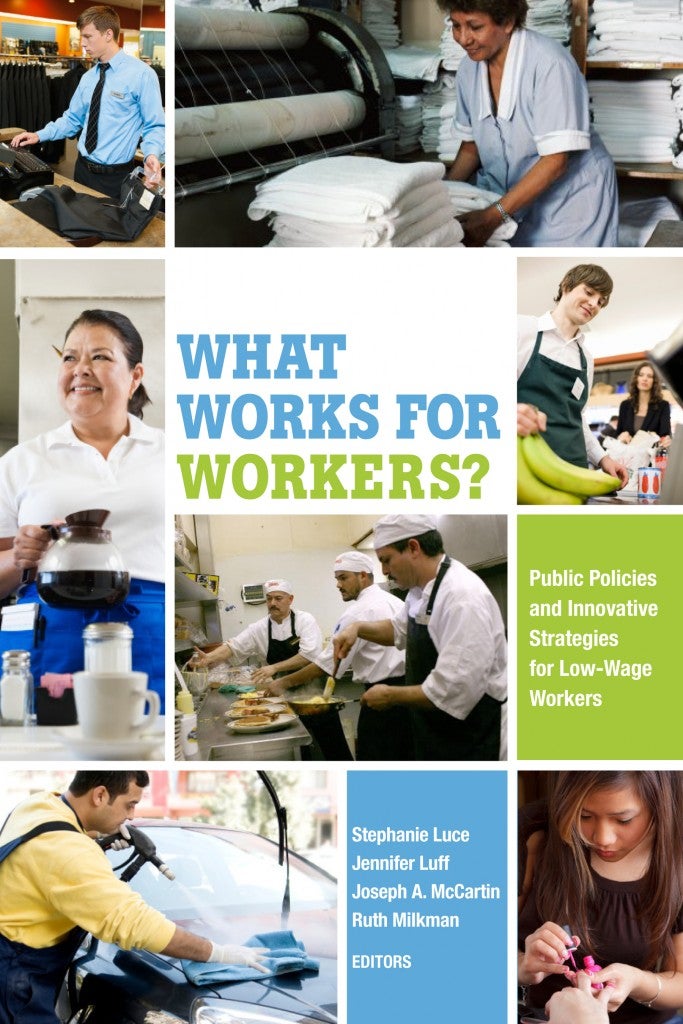What Works for Workers
Posted in Publications

Over the past thirty years, the dramatic polarization of the U.S. labor market has stalled middle-class income growth and real wages for unskilled workers have dropped. In response, policymakers have proposed a range of interventions and strategies, from traditional approaches like raising the minimum wage, to investing in primary and secondary education and job training, to intervening in the labor market with “living wage” laws and stepped-up labor law enforcement.
Yet there is little systematic empirical analysis of the efficacy of these. Which policy strategies are most effective, and under what conditions do they succeed? How does each of these strategies impact low-wage immigrants and African Americans in particular? What kinds of policy levers can best reverse the rise of inequality?
In February 2012, the Kalmanovitz Initiative in collaboration with the Murphy Institute at the City University of New York held a research conference on low-wage work. The conference brought together scholars across disciplines and universities with policy experts and practitioners from diverse organizations to analyze a range of interventions.
The papers from this conference were published by the Russell Sage Foundation in January 2014 as What Works for Workers?: Public Policies and Innovative Strategies for Low-Wage Workers.
